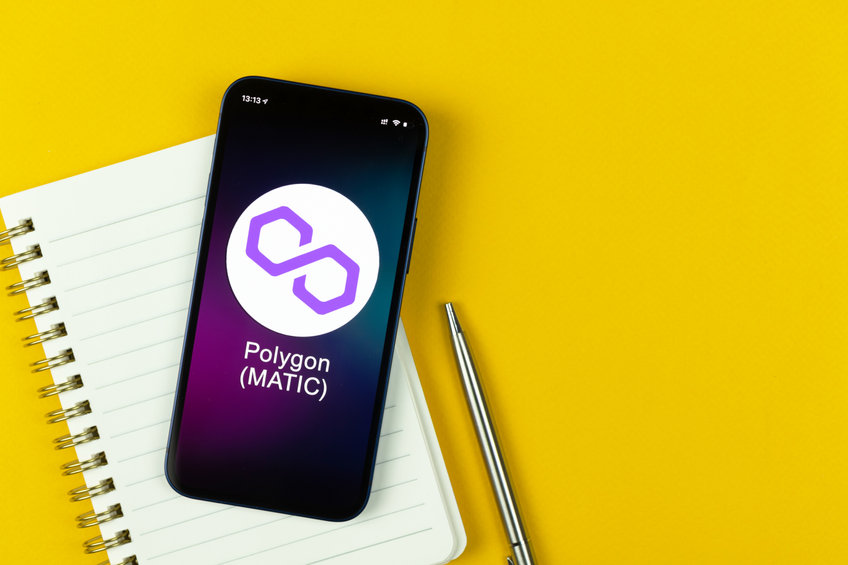
A social experiment by Dutch artist Dadara and RAIRtech, an NFT digital rights management platform, led to the creation of 7.9 billion digitally identical NFTs of CryptoGreyman, a character brought to life by the artist 30 years ago, CoinJournal learned from a press release.
Supporting refugee reception around the world
The project has joined forces with Movement on the Ground, an NPO that seeks to dignify refugee reception across the globe, an issue that’s now more relevant than ever.
Refugees struggle to obtain the identification needed to seek asylum and governments often see them as generators of paperwork rather than people fleeing horrible situations.
Polygon provides L2 to mint drop
Polygon provided the Layer 2 solution to mint the drop, which took place on February 22 at 2:22 pm EST. But what is the project about? The NFTs are physical identical, but each one has its own serial number, listed in the order it was minted in. Each NFT in this collection costs 1 MATIC.
Dadara commented:
I see this as a dead-serious prank, which can rattle the cage of consensual reality and elevate the conversation. It’s an experiment with an unpredictable outcome. No one specific NFT is better than another, and because the minting price is widely accessible it will be interesting to see what value each individual CryptoGreyman holder brings.
Garrett Minks, CTO of RAIRtech added:
This year this whole NFT “status symbol” idea has really developed, to the point where people will spend hundreds of thousands of dollars on a Bored Ape NFT or other PFP projects and will use that piece of digital uniqueness as what defines them. This project is more democratized, the barrier for entry is intentionally low. When a person purchases a CryptoGreyman, that attached serial number is theirs. That number, if they chose to keep it, will be theirs until the end of time, or until the blockchain ceases to exist.
The potential of Web3 to transform social perception
The project reflects the view that corporations and governments reduce people to numbers, while social media put pressure on them to be dramatically unique.
Against the backdrop of this contradiction, the project hopes to inspire discussion of Web3’s potential to create a more realistic portrayal of humankind.

